Understanding Pulse Ox Monitors: Key Insights from Recent Research on Respiratory Health Trends
In recent years, the significance of Pulse Ox Monitors has surged in the realm of respiratory health, particularly in light of the ongoing global health challenges. These devices, which measure blood oxygen levels non-invasively, have become essential tools in both clinical and home settings. According to a study published by the American Thoracic Society, approximately 40% of patients with chronic respiratory conditions could benefit from the consistent use of Pulse Ox Monitors to manage their health effectively. Furthermore, research indicates that timely interventions guided by real-time oxygen saturation data can reduce hospitalizations by up to 30% in at-risk populations. As the trend toward remote monitoring continues to grow, understanding the functionality and applications of Pulse Ox Monitors is crucial for both caregivers and patients aiming to enhance respiratory health management strategies.

The Role of Pulse Oximetry in Monitoring Respiratory Health Trends: An Overview
Pulse oximeters play a crucial role in monitoring respiratory health trends, particularly as healthcare systems emphasize preventive care and telemedicine. The increasing global demand for pulse oximeters is reflected in the projected growth of the market, which is expected to rise significantly from $3.02 billion in 2025 to $6.99 billion by 2032. This growth indicates a strong recognition of the importance of accurate and accessible monitoring tools, enabling both clinicians and patients to track vital signs effectively.
Recent research highlights the significance of pulse oximetry in managing respiratory health trends, especially during the ongoing focus on patient-centered care. As the next generation of pulse oximeters evolves, innovations in technology are enhancing their accuracy and usability, making them essential in both clinical settings and at home. With a CAGR of 12.7% predicted for the market, advancements in pulse oximeter technology will likely lead to improved outcomes for individuals with chronic respiratory conditions, reinforcing the device's essential role in contemporary healthcare.

Key Statistics: The Prevalence of Respiratory Disorders and the Need for Accurate Monitoring
Recent studies highlight a concerning rise in respiratory disorders, emphasizing the urgent need for precise monitoring tools like pulse oximeters. According to the World Health Organization, over 3 million deaths globally are attributed to chronic respiratory diseases each year, making them a leading cause of mortality. In the United States alone, the Centers for Disease Control and Prevention reports that around 25 million people suffer from asthma, and more than 15 million are diagnosed with chronic obstructive pulmonary disease (COPD). These staggering statistics underline the critical importance of accessible and accurate monitoring methods in managing these conditions effectively.
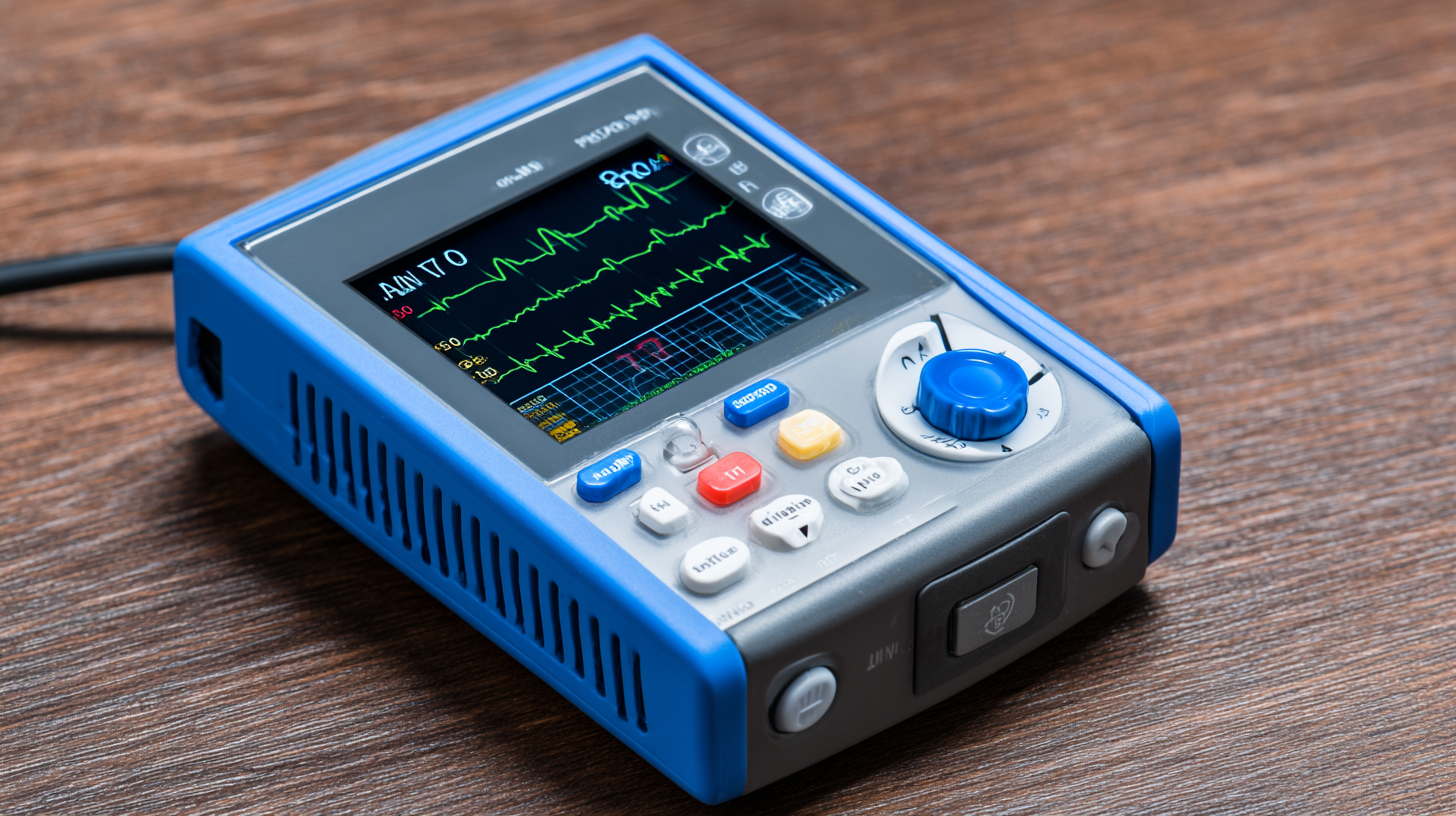
Pulse oximeters play a vital role in monitoring oxygen saturation levels, which is essential for individuals with respiratory issues. Research published in the Journal of Clinical Medicine indicates that regular monitoring can lead to timely interventions and improved patient outcomes. Furthermore, a survey by the American Thoracic Society suggests that approximately 50% of individuals with chronic respiratory diseases are not adequately monitored at home, highlighting a significant gap in current healthcare practices. Accurate pulse oximetry can bridge this divide, providing patients and healthcare providers with crucial data to manage and respond to respiratory health challenges efficiently.
Understanding the Mechanism: How Pulse Oximeters Function and Their Clinical Significance
Pulse oximeters are essential tools in monitoring respiratory health, offering a non-invasive method to assess oxygen saturation levels in the blood. These devices function by emitting light wavelengths through a tissue bed, typically a fingertip, and measuring the absorption of light by oxygenated and deoxygenated hemoglobin. The ratio of absorbed light at specific wavelengths allows for an accurate estimation of blood oxygen levels, providing critical information for both clinical and home monitoring settings.
The clinical significance of pulse oximeters cannot be overstated. For patients with respiratory conditions, such as chronic obstructive pulmonary disease (COPD) or asthma, real-time monitoring of oxygen saturation is vital. It enables healthcare providers to make informed decisions regarding treatment and intervention. Furthermore, the increasing prevalence of respiratory illnesses highlights the need for accessible and reliable monitoring tools. Recent research underscores the importance of integrating pulse oximetry into routine clinical practice to better understand trends in respiratory health and improve patient outcomes.
Recent Innovations in Pulse Oximetry: Enhancing Accuracy and User Experience
Recent innovations in pulse oximetry are significantly enhancing accuracy and user experience, which is reflected in the rapid growth of the market. The global pulse oximeter market is projected to grow from approximately $2.73 billion in 2023 to about $4.4 billion by 2032, indicating a robust annual growth rate of 5.6%. This growth is driven by advancements in non-invasive technology that allows for real-time monitoring of vital signs, particularly for seniors and individuals managing their health at home.
Technological advancements are not limited to general pulse oximeters; specialized devices are also being developed, such as solutions for monitoring fetal oxygen saturation. Such innovations are crucial for improving the detection of fetal distress during childbirth, offering significant benefits in maternal and child health. The market for pulse oximeter probes alone is expected to surge from $3.02 billion in 2025 to nearly $7 billion by 2032, with a compound annual growth rate (CAGR) of 12.7%. These advancements reflect the commitment of the healthcare industry to enhance the reliability and usability of pulse oximeters, ensuring that patients receive timely and accurate health readings.
Tips for Optimal Use of Pulse Oximeters in Home Health Monitoring Practices
Pulse oximeters have become essential tools for home health monitoring, particularly for individuals with respiratory conditions. To maximize the accuracy and effectiveness of these devices, users should adhere to several optimal practices.
First, it is crucial to ensure that the finger is clean and dry before placing it in the device. This avoids any interference that could lead to incorrect readings. Users should also keep their hands warm, as cold extremities can result in poor circulation, affecting the pulse ox's ability to detect oxygen saturation levels accurately.
In addition to proper usage, regular calibration and maintenance of the pulse oximeter play a significant role in its reliability. Users should familiarize themselves with the manufacturer's instructions and ensure that the device is functioning correctly before relying on it for health assessments.
Furthermore, it is beneficial to record readings over time, noting any fluctuations, patterns, or correlations with symptoms. This practice not only aids healthcare providers in assessing a patient's condition but also empowers users to take proactive steps in managing their respiratory health effectively.
Related Posts
-
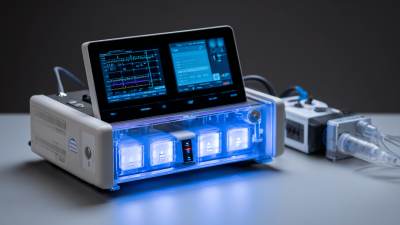
Exploring Innovative Alternatives to the Best Pulse Ox Machine for Global Buyers
-
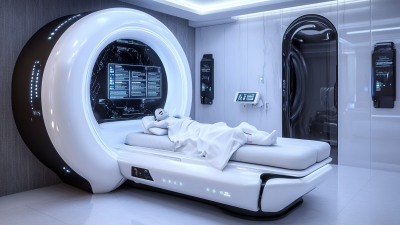
Global Innovations in Pulse Ox Machines: What to Expect by 2025
-

Essential Checklist for Choosing the Right Professional Pulse Oximeter
-
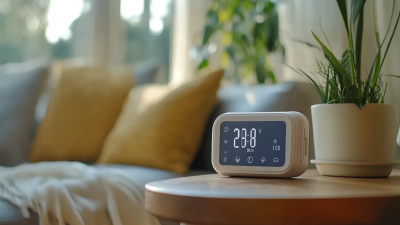
Revolutionizing Healthcare with Home Pulse Oximeters and Their Impact on Global Patient Monitoring
-

Unlocking the Benefits of Using a Portable Pulse Oximeter in Everyday Life
-
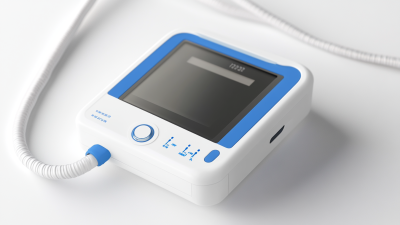
Discover the High Efficiency of Oxygen Pulse Oximeters from China's Leading Manufacturing Plant

